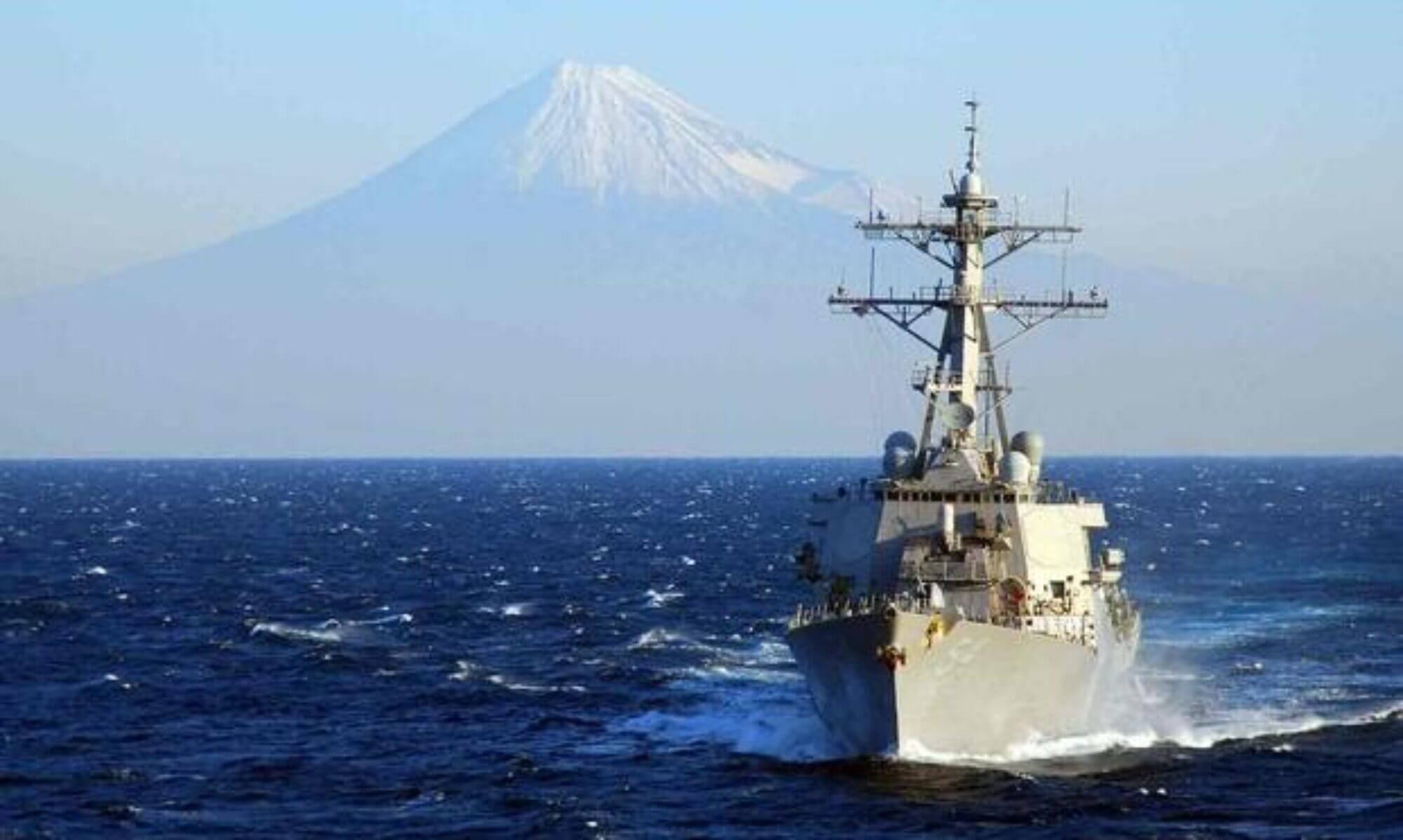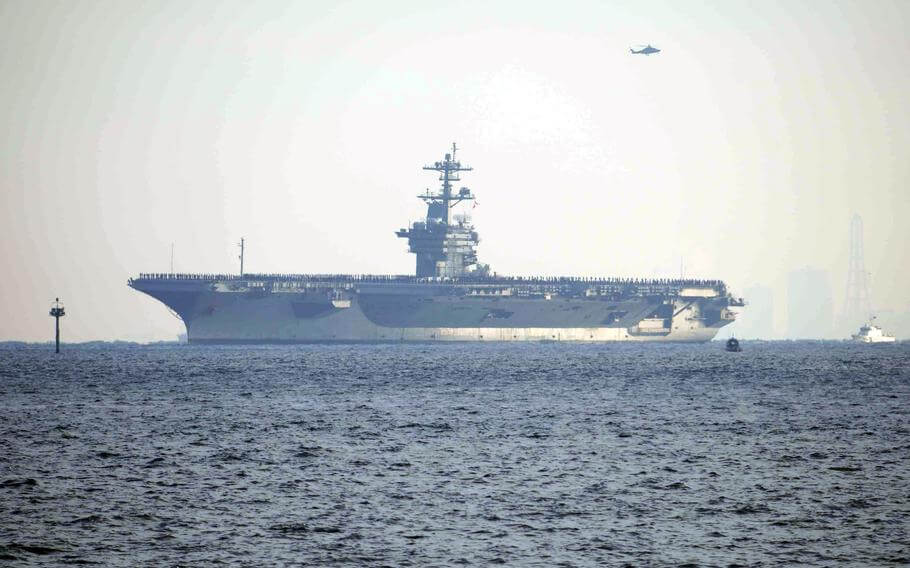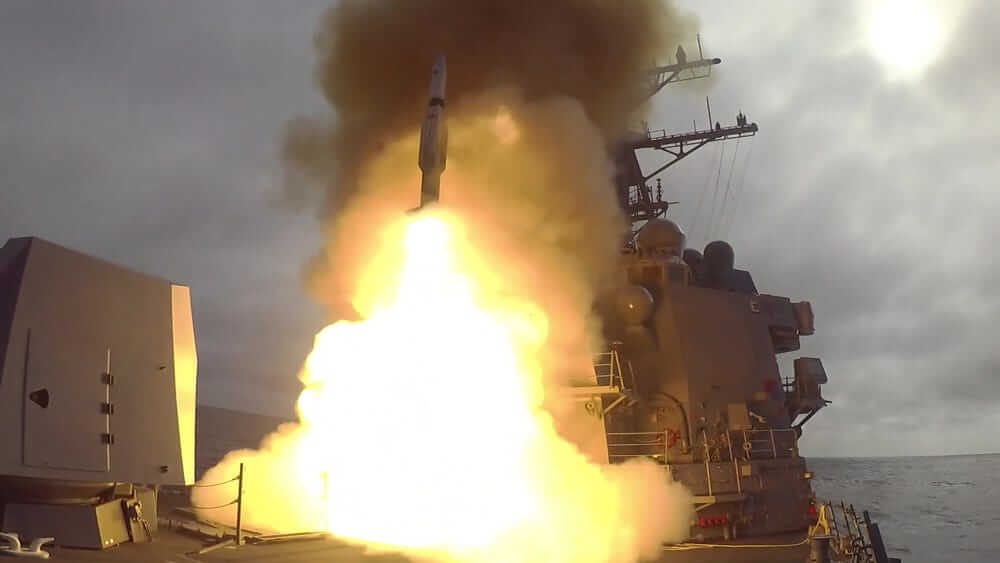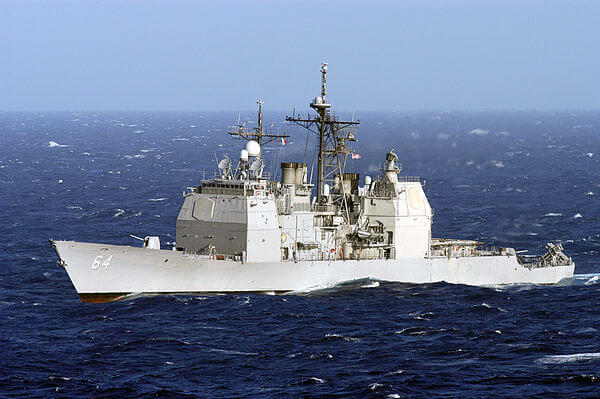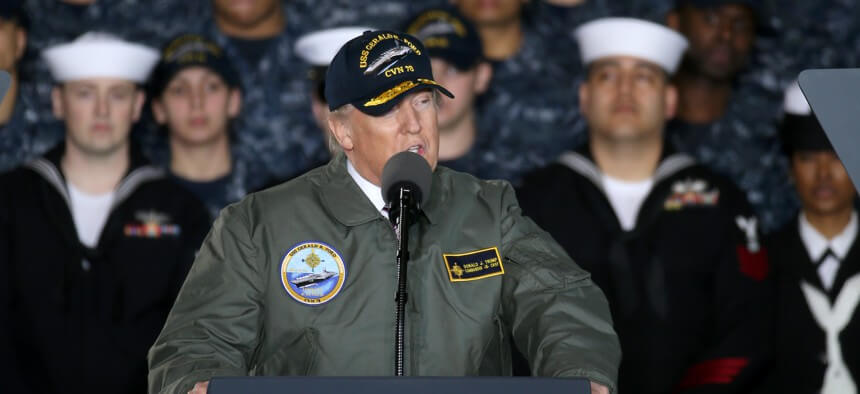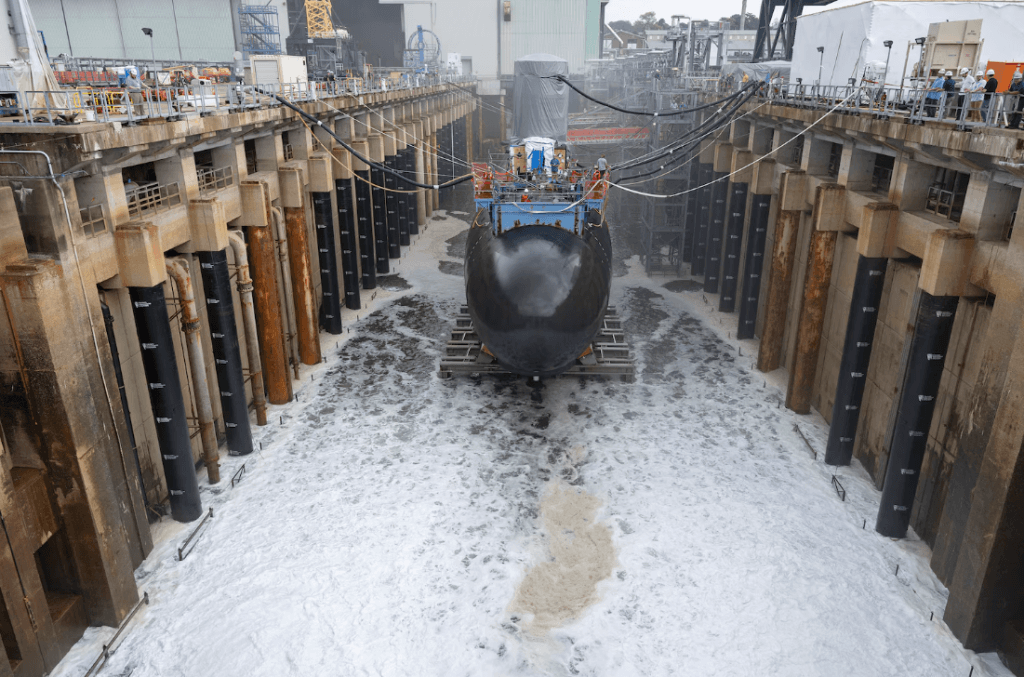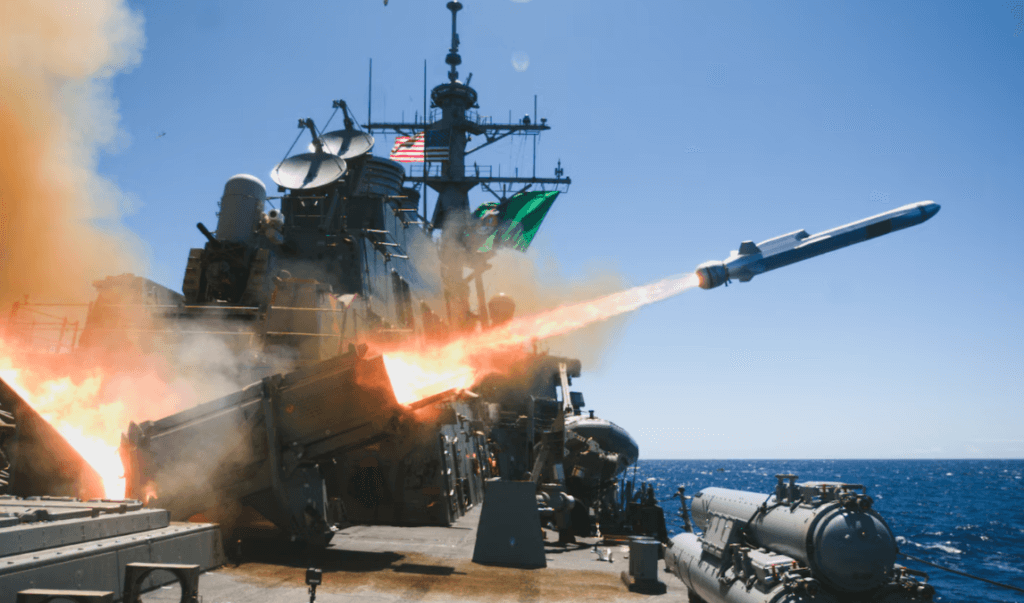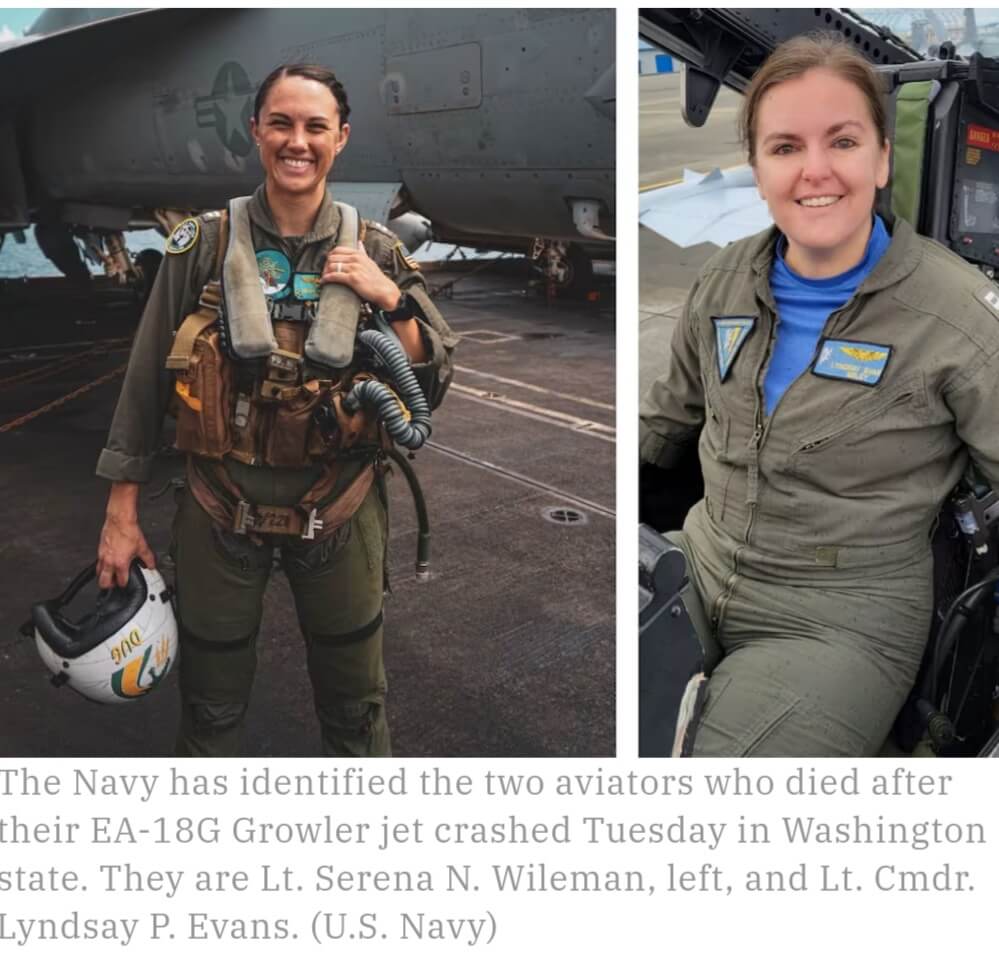
For over 20 years, I’ve worked in the telecommunications and tech industries. During that time, I’ve witnessed and studied the evolving landscape of cybersecurity threats. Recent news that Chinese hackers infiltrated at least eight U.S. telecommunications providers is alarming but not surprising. This incident is just the tip of the iceberg—a glimpse into vulnerabilities that have far-reaching implications for national security, economic stability, and our armed forces, particularly the U.S. Navy. Let me be clear: this isn’t about fearmongering or hoping for conflict; it’s about preventing one.
The Scope of the Threat
According to reports, the Chinese hacking campaign—referred to as “Salt Typhoon”—targeted major telecom companies such as Verizon and AT&T. These hackers accessed bulk phone records, call metadata, and, in some cases, intercepted communications involving senior U.S. political figures. What’s more chilling is the continued presence of these hackers within the networks, raising concerns about ongoing compromises.
While the theft of data may seem abstract, the potential ramifications are concrete and sobering. The ability to track communication patterns, intercept sensitive calls, and manipulate network infrastructure gives adversaries a significant intelligence advantage. Imagine this capability wielded during a military crisis or against the Navy’s own communication networks—the stakes couldn’t be higher.
Implications for the U.S. Navy
The Navy relies heavily on secure communications, whether coordinating fleet movements, managing logistics, or conducting intelligence operations. A breach in telecom networks jeopardizes:
- Operational Security: The Navy’s operations—from carrier strike group deployments to undersea warfare—require secure, untraceable communication. If adversaries gain access to telecom data, they could anticipate and counter U.S. naval movements.
- Supply Chain Vulnerabilities: The Navy’s vast supply chain is interconnected with civilian infrastructure, including telecommunications. Disruptions or breaches in these systems could delay critical resupplies or expose sensitive information.
- Cyber Warfare Readiness: The Salt Typhoon hack underscores the urgent need for the Navy to invest in robust cybersecurity measures. As cyber and kinetic warfare increasingly intertwine, protecting digital assets is as vital as safeguarding physical ones.
- Strategic Deterrence: The perception of vulnerability can be as damaging as the reality. If adversaries believe they can compromise our communications, it may embolden their aggression, undermining the Navy’s role as a deterrent force.
A Call for Collaboration
This crisis isn’t just a Navy problem; it’s an American problem. It’s a reminder that the Navy’s effectiveness is deeply tied to the resilience of civilian infrastructure. Here’s how we can respond:
- Public Awareness: Americans need to understand the connection between cybersecurity and national defense. This isn’t just about protecting data; it’s about safeguarding our way of life.
- Strengthening Partnerships: The Navy must collaborate with telecom providers, federal agencies, and cybersecurity firms to address vulnerabilities and share intelligence.
- Advocating for Encryption: Encrypted communications are a vital defense against cyber espionage. Encouraging the use of secure messaging apps and encrypted calls among military personnel and the general public can mitigate risks.
- Investing in Cyber Defense: Congress and the Department of Defense must prioritize funding for cyber capabilities, not as an auxiliary effort but as a central pillar of national defense.
Join the Conversation
I’ve been raising concerns about these issues for years, and this moment feels like a culmination of warnings that went unheeded. But there’s still time to act. We can prevent future breaches and strengthen our defenses, but it requires collaboration across all sectors—government, military, industry, and citizens.
I invite you to be part of this conversation. What are your thoughts on the implications for the Navy? How can we better prepare and respond to these threats? Let’s work together to ensure that the “tip of the iceberg” doesn’t sink the ship.
Share your ideas and insights at Facebook or on Twitter. Together, we can make a difference.
